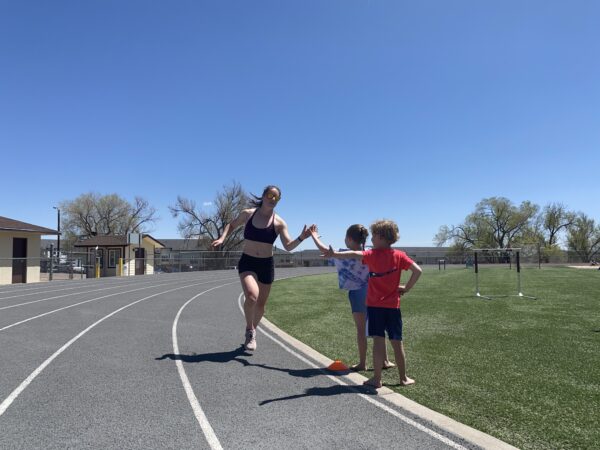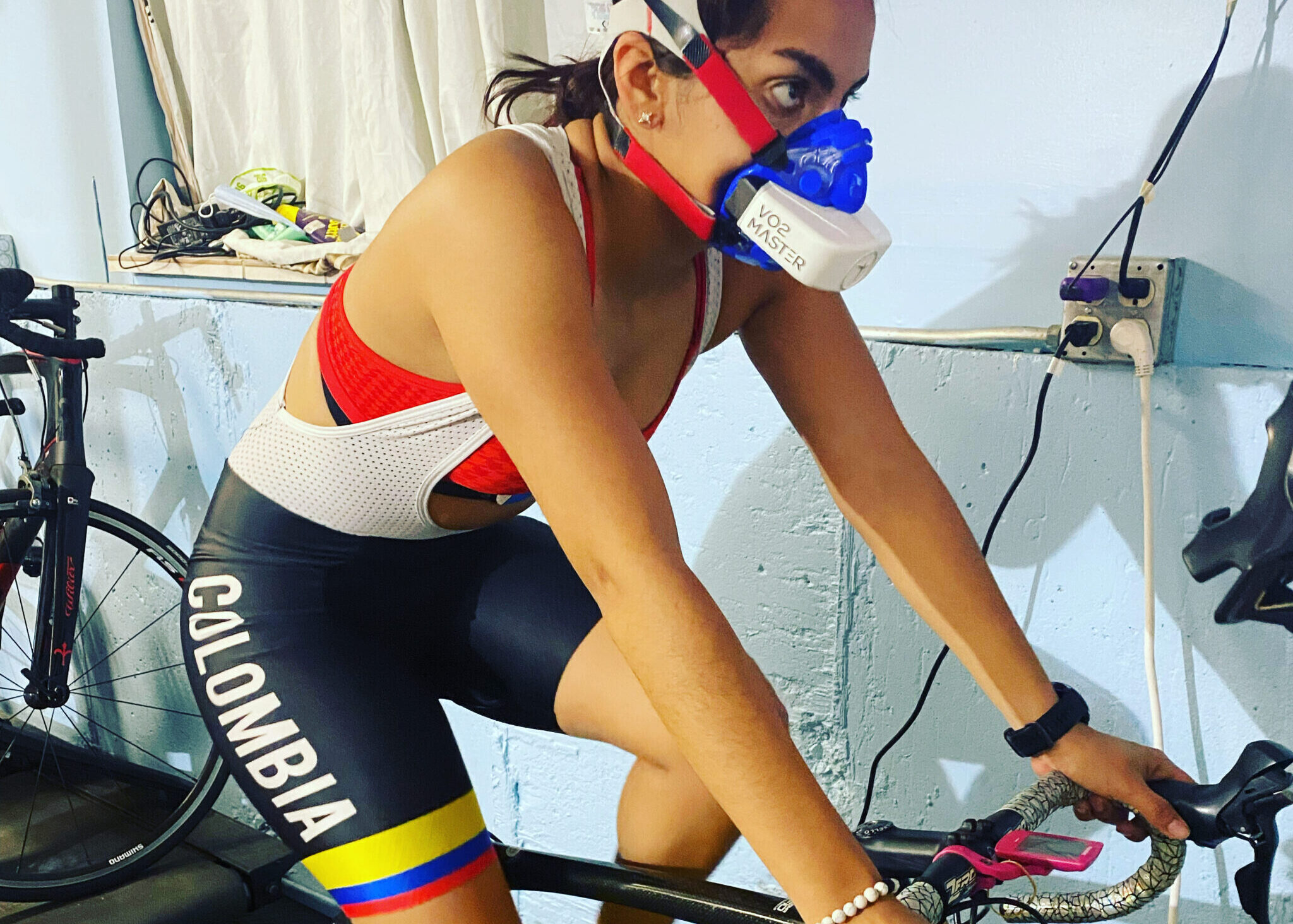As endurance sports coaches, we often focus heavily on aerobic development since that makes up the majority of energy production for events like triathlon. However, anaerobic metabolism, while a smaller piece of the puzzle, is absolutely critical for endurance athletes to reach their full potential.
During high intensity efforts, the body can’t supply energy aerobically quickly enough, so it relies on anaerobic pathways. Anaerobic glycolysis breaks down carbohydrates to produce ATP without oxygen. This leads to the production of lactate and hydrogen ions. Lactate can actually be used aerobically later, but hydrogen ion accumulation is what causes the burning sensation and fatigue.
In a 7-zone system, anaerobic work would primarily fall in Zones 5-7 (VO2max intervals, Anaerobic Capacity intervals, Neuromuscular Power sprints). In a 6-zone model, it encompasses Zones 5-6. Even for long course athletes, these top-end zones are crucial. While used sparingly in a race, being able to access them is often the difference between winning and losing.
The percentage of anaerobic work in an athlete’s training plan can vary depending on factors such as the duration of the event, athlete physiology and genetics, ability to handle training loads, and overall goals. For longer events, the percentage of aerobic training will be higher relative to anaerobic training. However, even with these factors taken into account, the percentage of anaerobic work could be as high as 20% in some athletes.

When designing anaerobic workouts, the work-to-rest ratio is crucial. Generally, the higher the intensity, the longer the work period and the longer the recovery will be. Very short sets are designed to develop A-Lactic systems and improve clearance rates. As these anaerobic sets get longer, the focus shifts to building lactate tolerance and overall anaerobic capacity or Functional Reserve Capacity (FRC).
Total anaerobic loading should make up 5-10% of total training volume depending on the athlete, training volume, training phase and type of race being prepared for. More is not necessarily better, as too much intensity impairs aerobic development and increases injury risk. Proper anaerobic training should be carefully integrated into the overall program.
Excessive anaerobic training can lead to overtraining, which may manifest as increased base lactic levels in the blood relative to normal, inability to recover correctly between training sessions, decreased sleep or irritable sleep patterns, decreased heart rate variability, increases in resting heart rate, and changes in mood. Coaches must be mindful of anaerobic training loads and monitor their athletes for signs of overtraining, as these can be specific to each individual.
In a traditional periodized model, anaerobic work is built on top of a large aerobic base, forming a pyramid. In a polarized training approach, which is becoming increasingly popular, the majority of training is very low intensity with strategic blocks of anaerobic work. Both models can be effective with proper implementation.
Regardless of the overall training framework, anaerobic capacity and power are absolutely essential for endurance athletes. Even for IRONMAN competitors, surges to close a gap, power up a hill, or sprint to the finish line all require anaerobic energy. And for short course racers, events are sometimes raced entirely above threshold. Targeting these energy systems is a must.

However, coaching anaerobic training effectively is very challenging. Prescribing the right intensities, durations, and recovery intervals requires deep knowledge of physiology, methodology, and the individual athlete. Get it wrong, and an athlete will either fail to optimally develop anaerobic systems or will accumulate too much fatigue and under-perform.
This is arguably why coaching elite short course athletes is so difficult. The razor thin margins and high anaerobic demands make every workout critical. Long course athletes have more room for error. But in both cases, anaerobic metabolism must be developed properly for peak performance.
In summary, anaerobic training may make up a small percentage of total volume for endurance athletes, but it has large impact on race outcomes. As coaches, it’s crucial that we are intentional about integrating high intensity work and have the knowledge to prescribe it effectively. Anaerobic capacity and power are not “nice to haves” – they are essential pieces of the performance puzzle.

